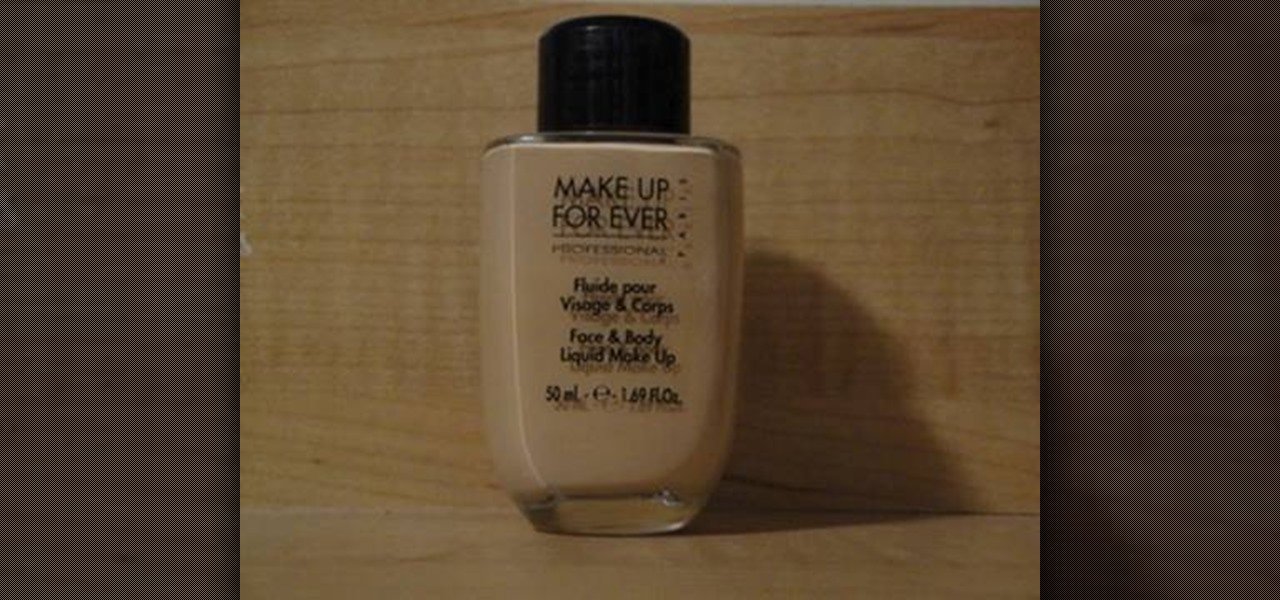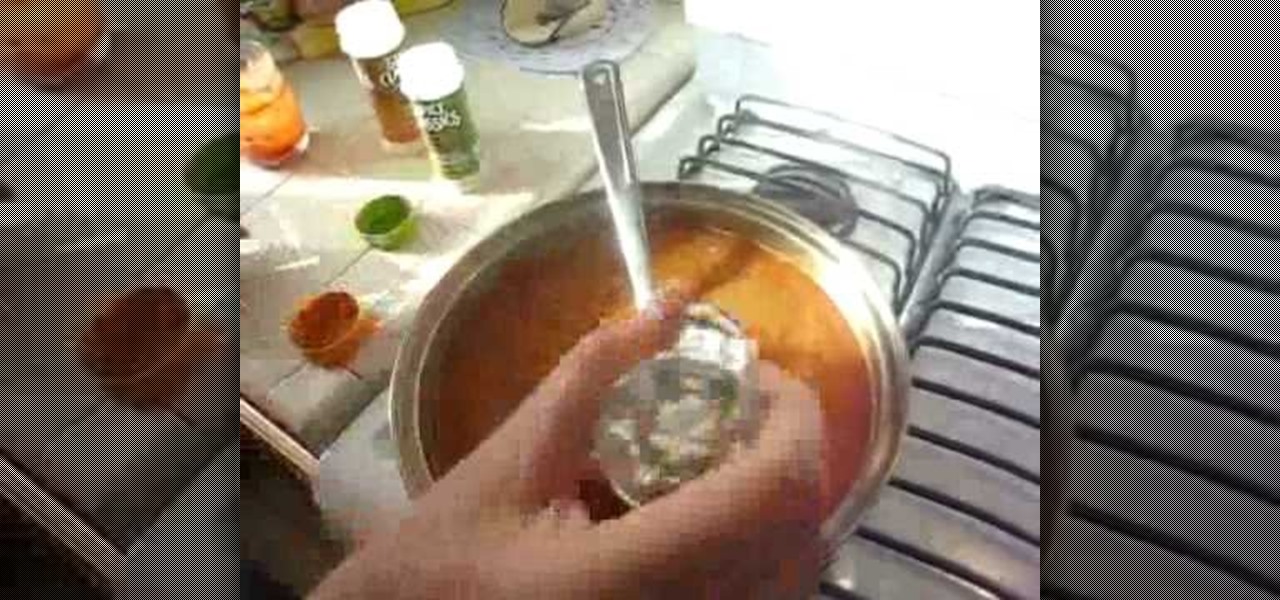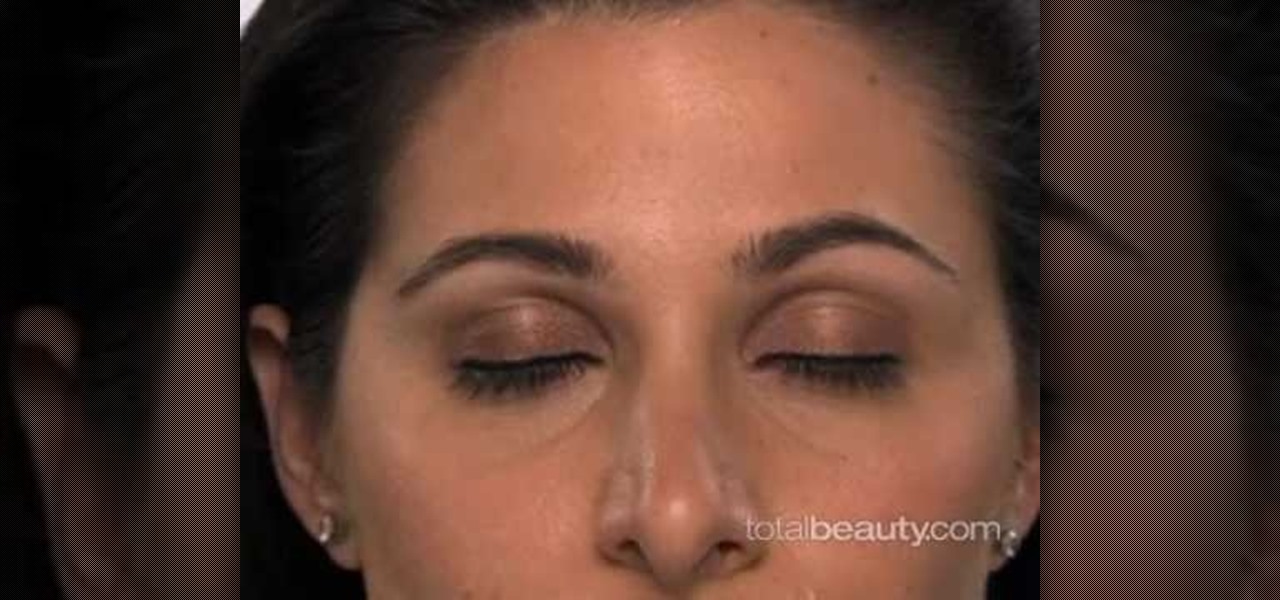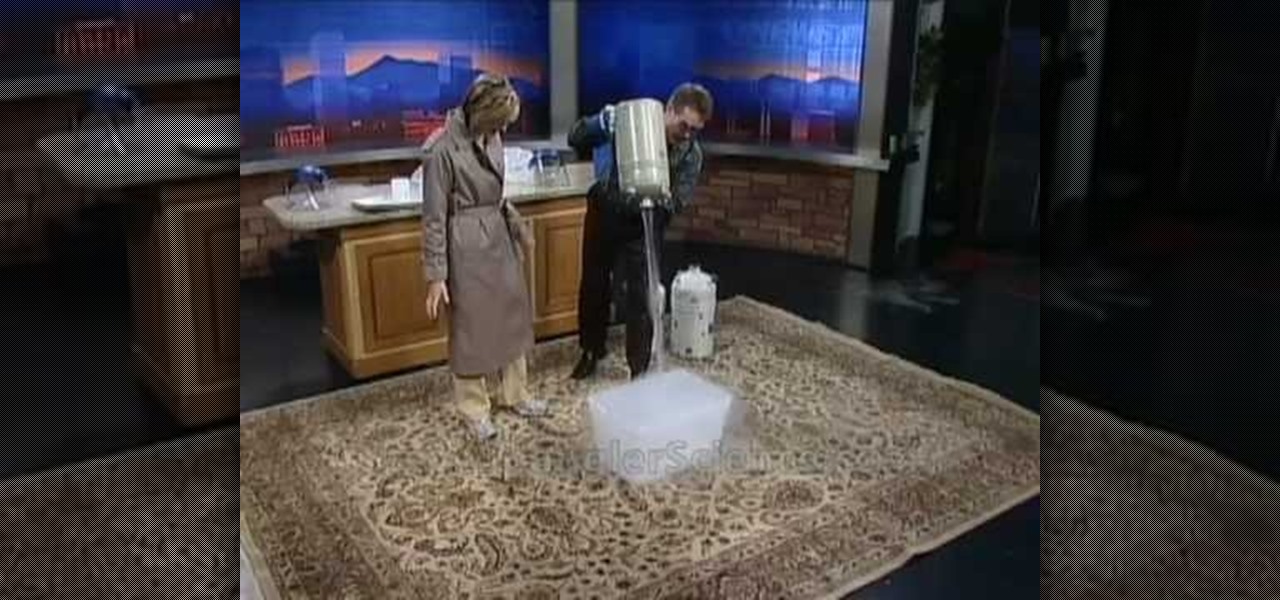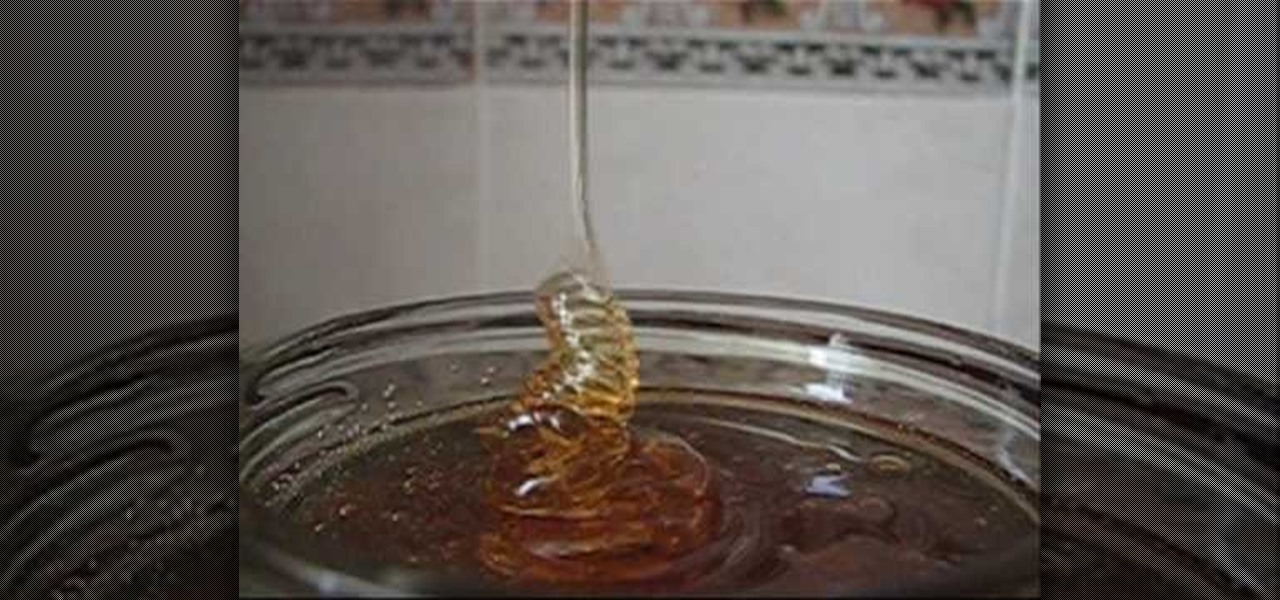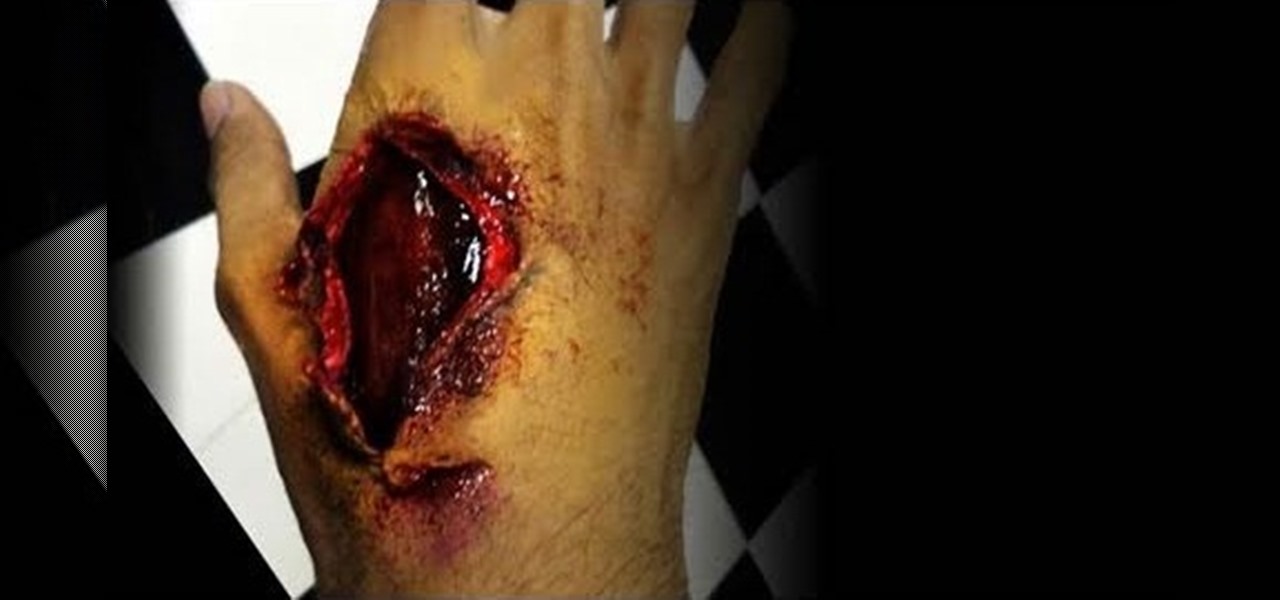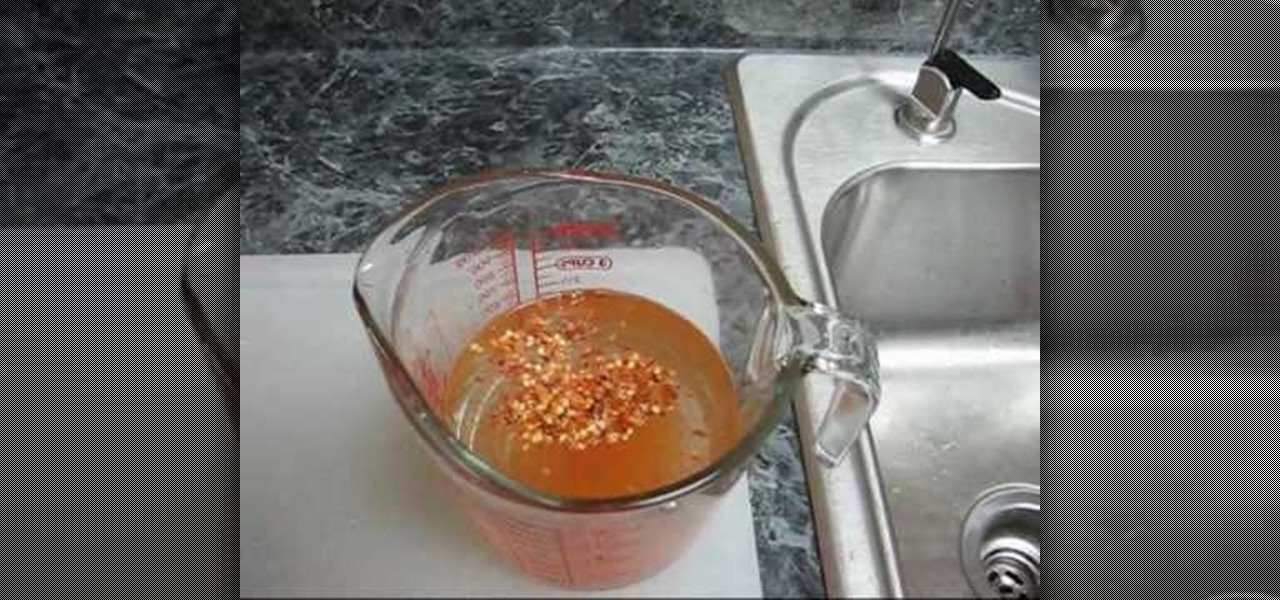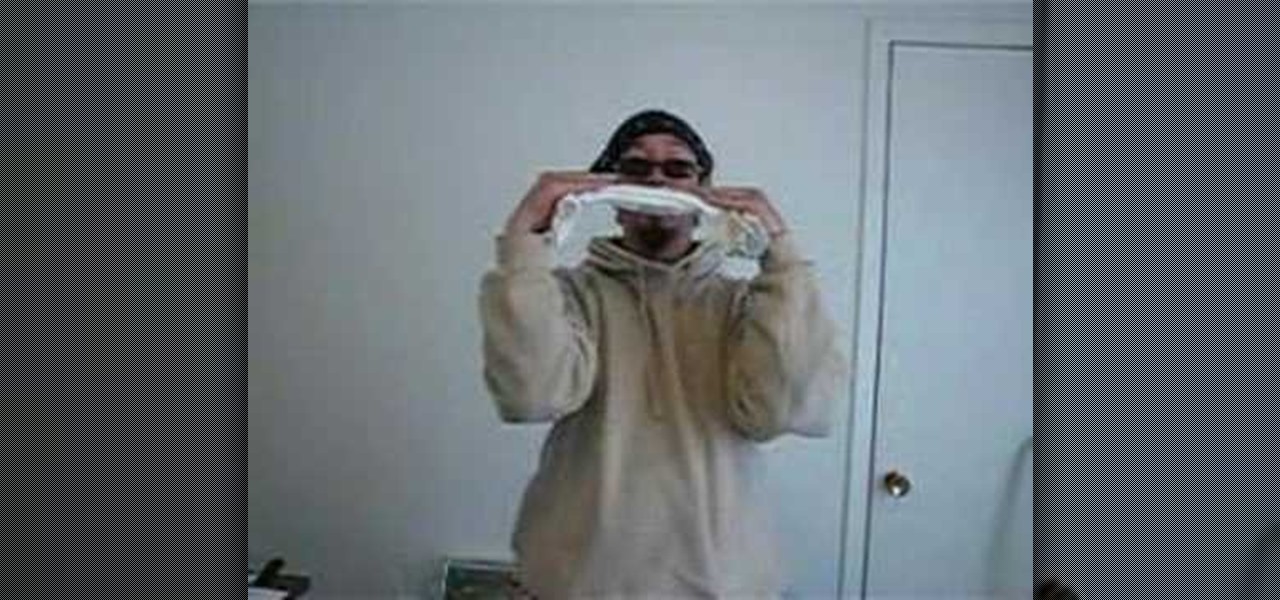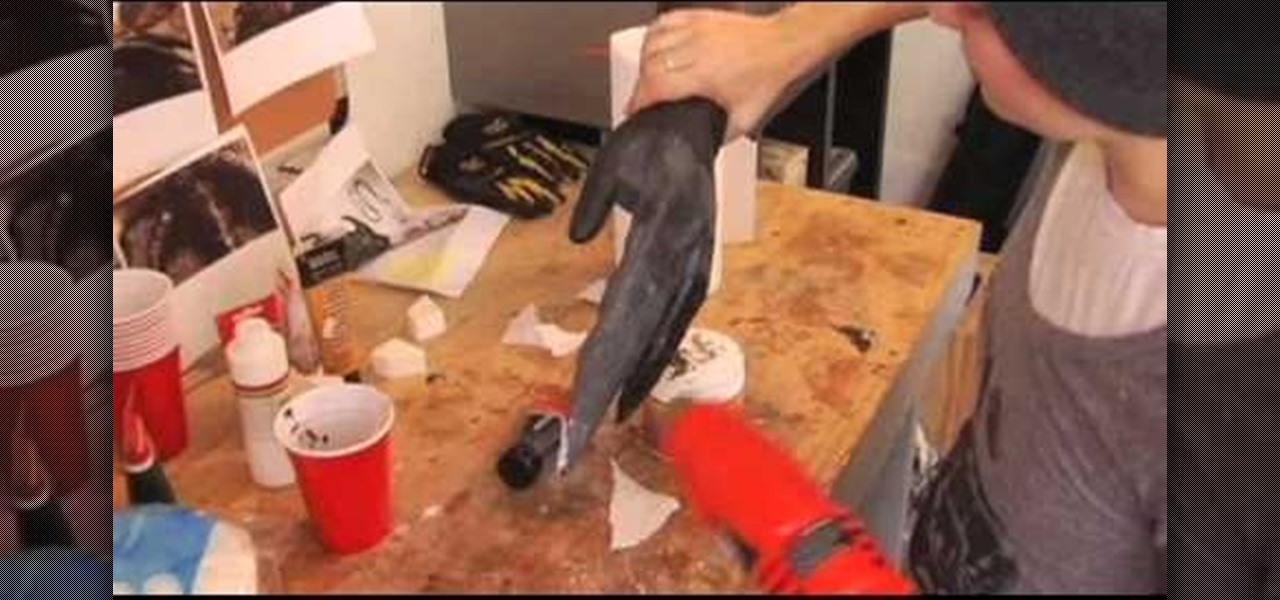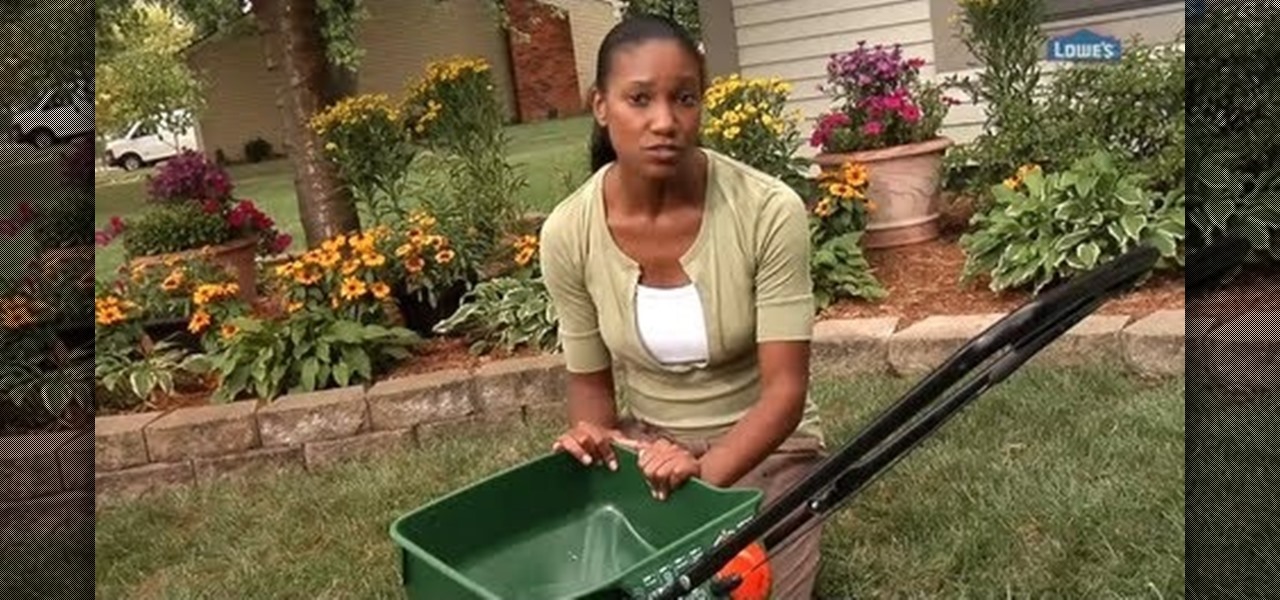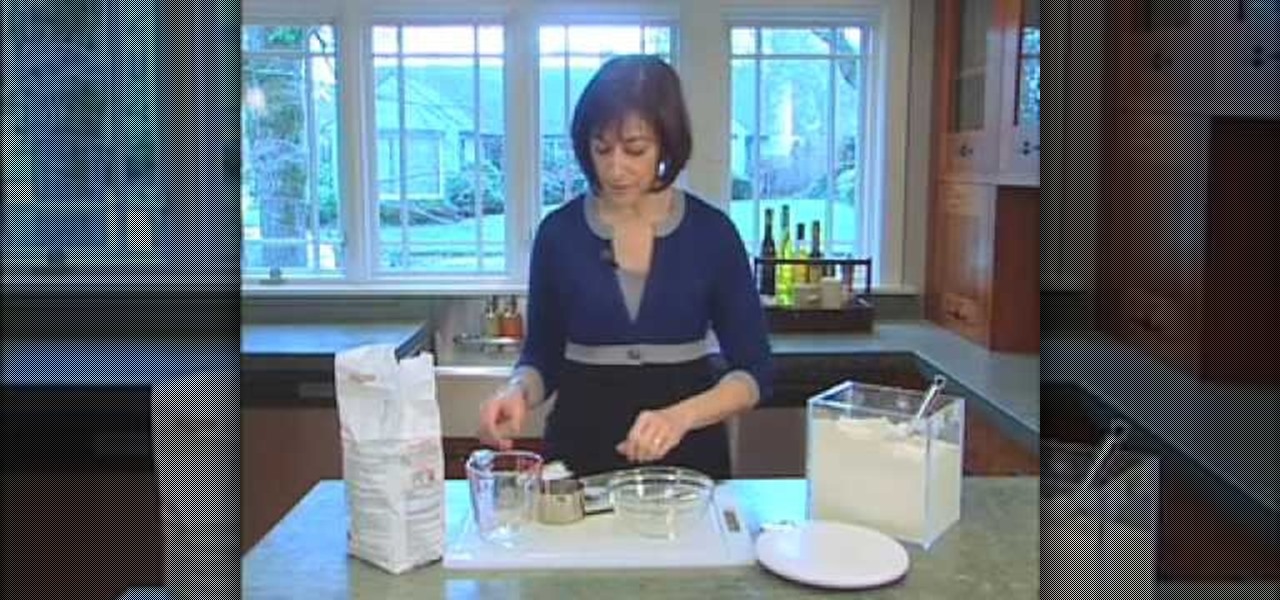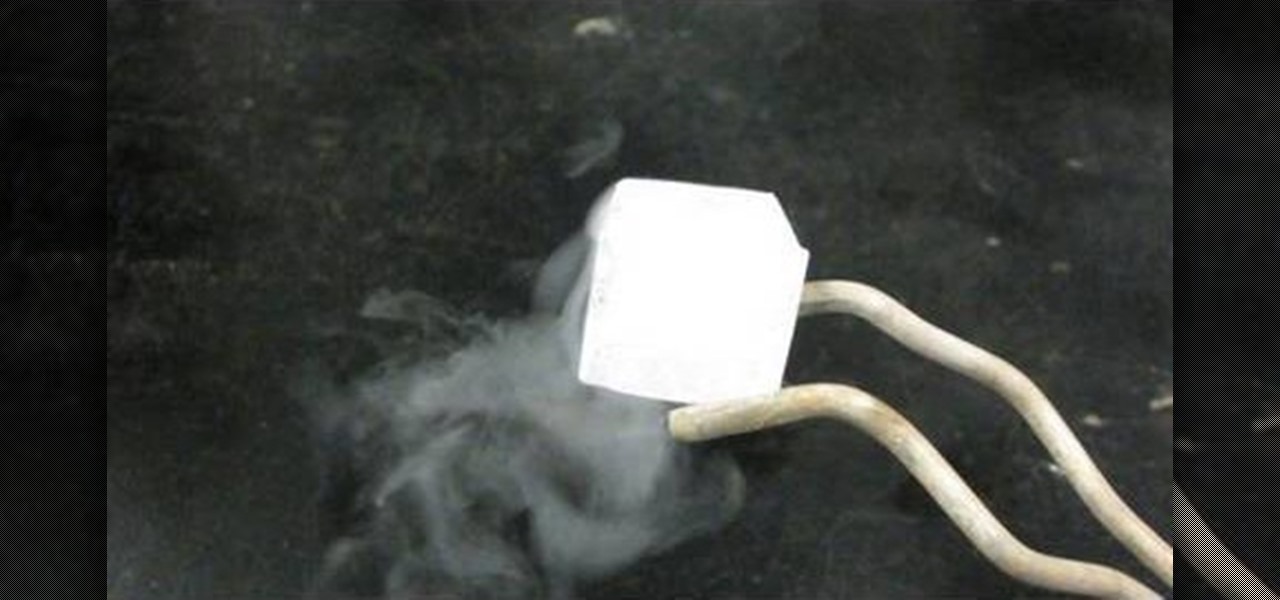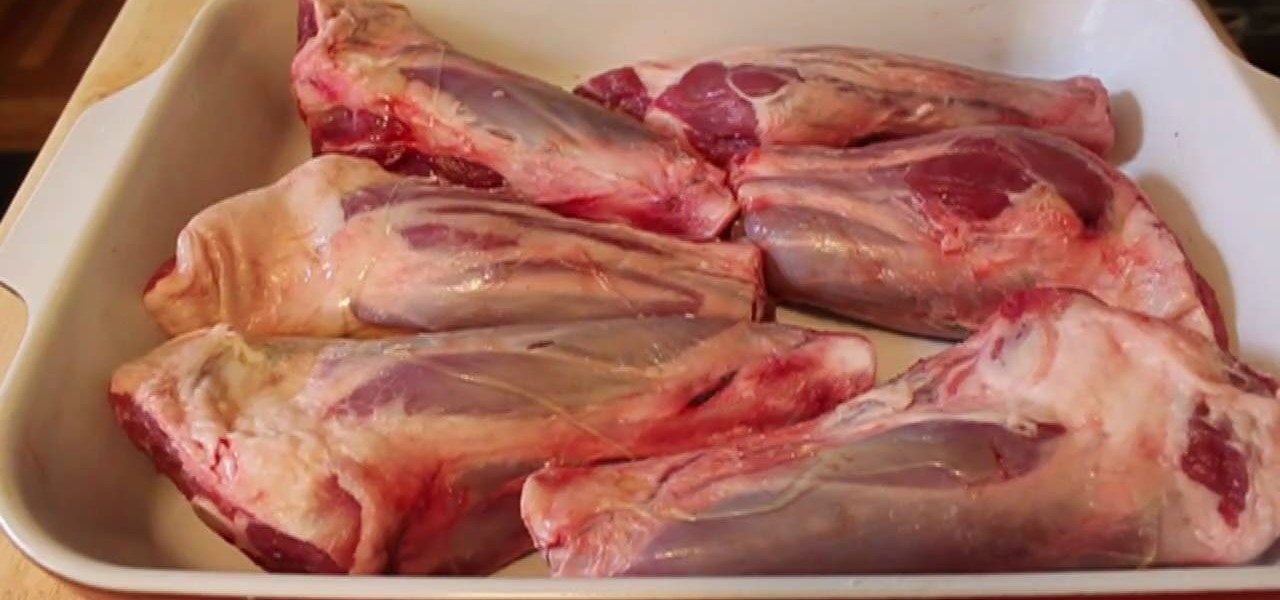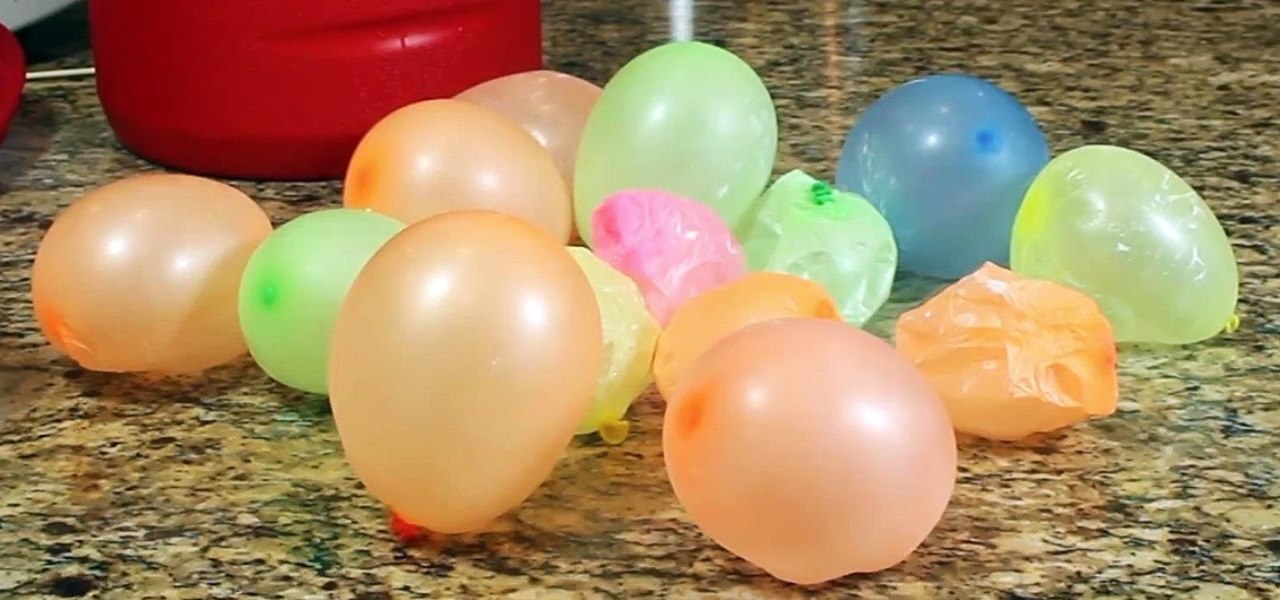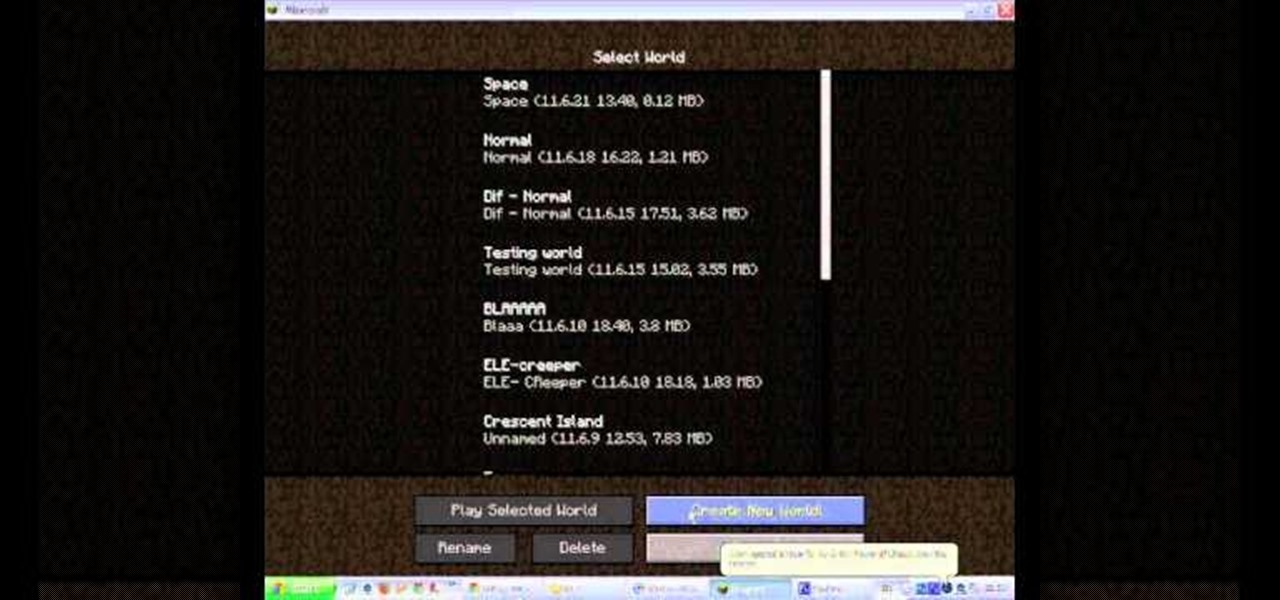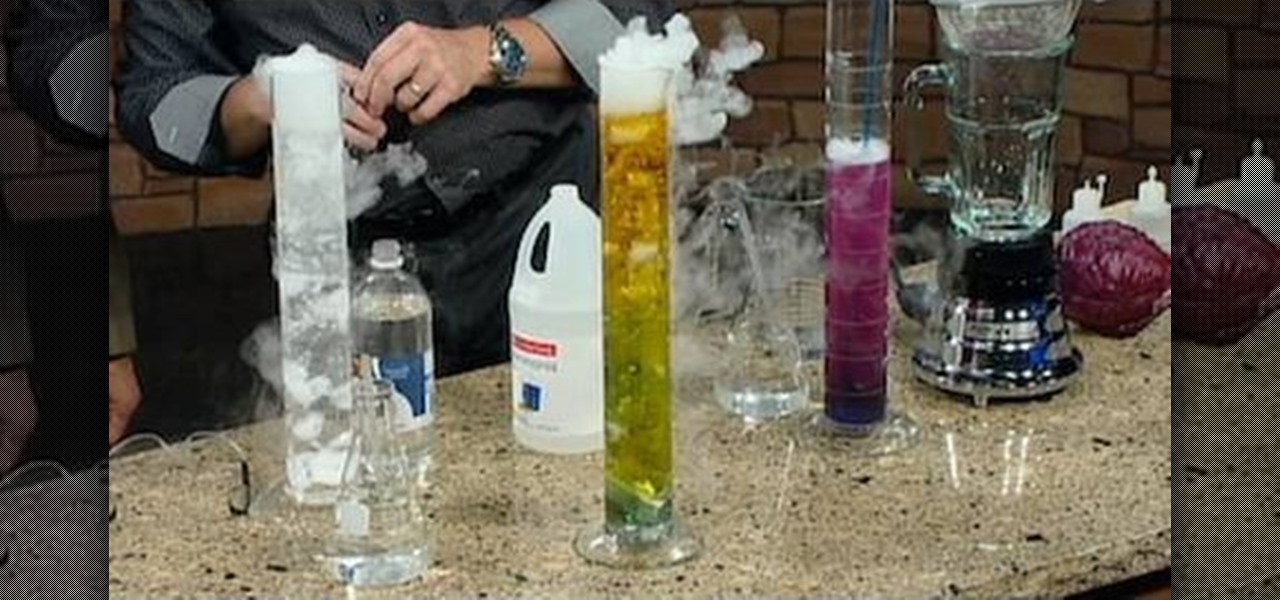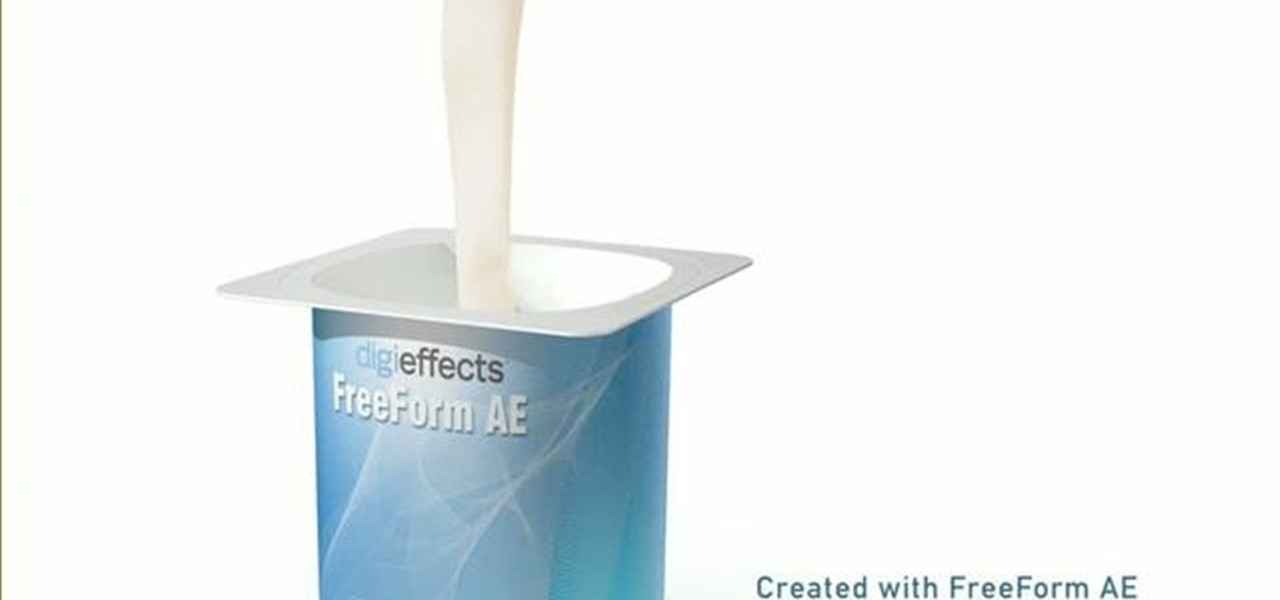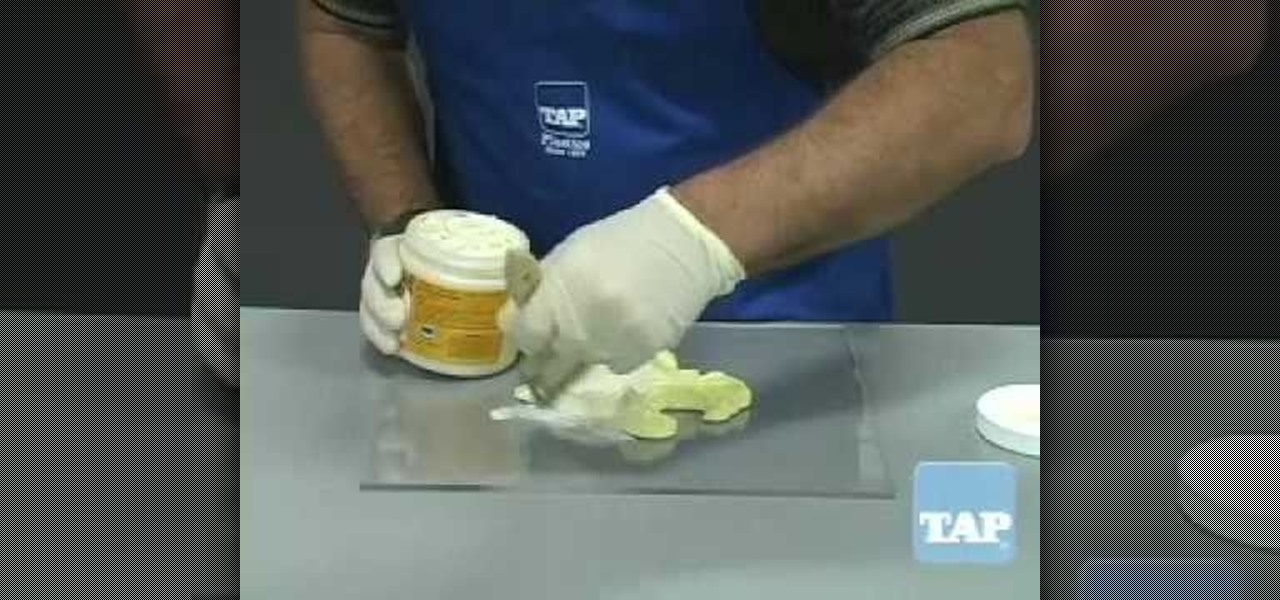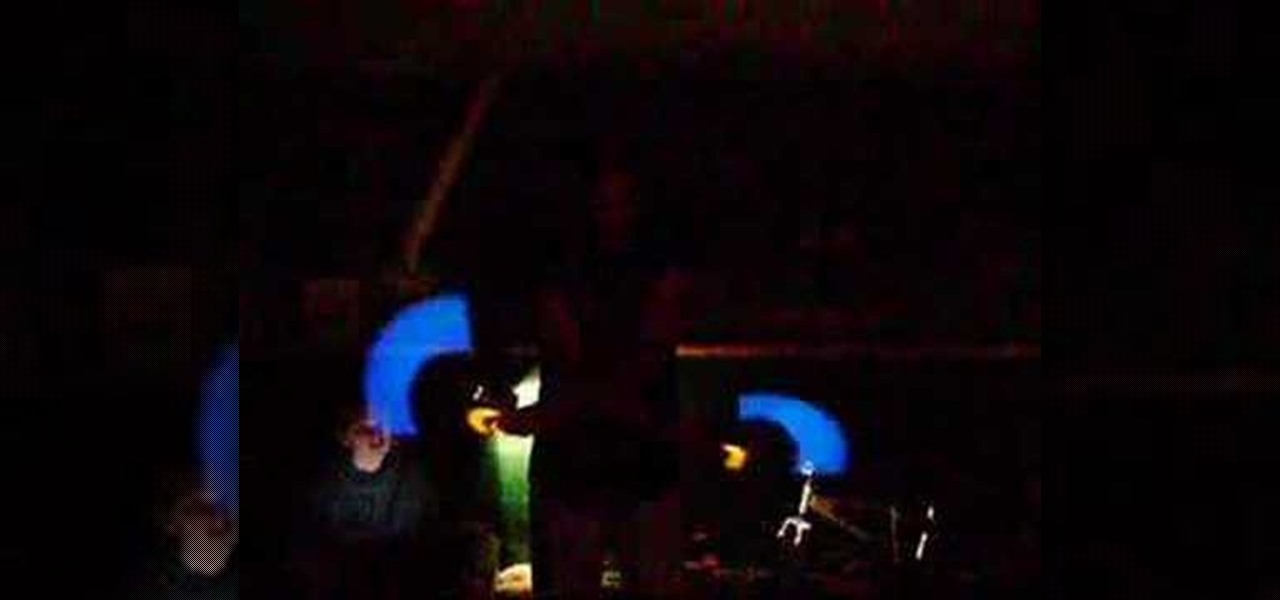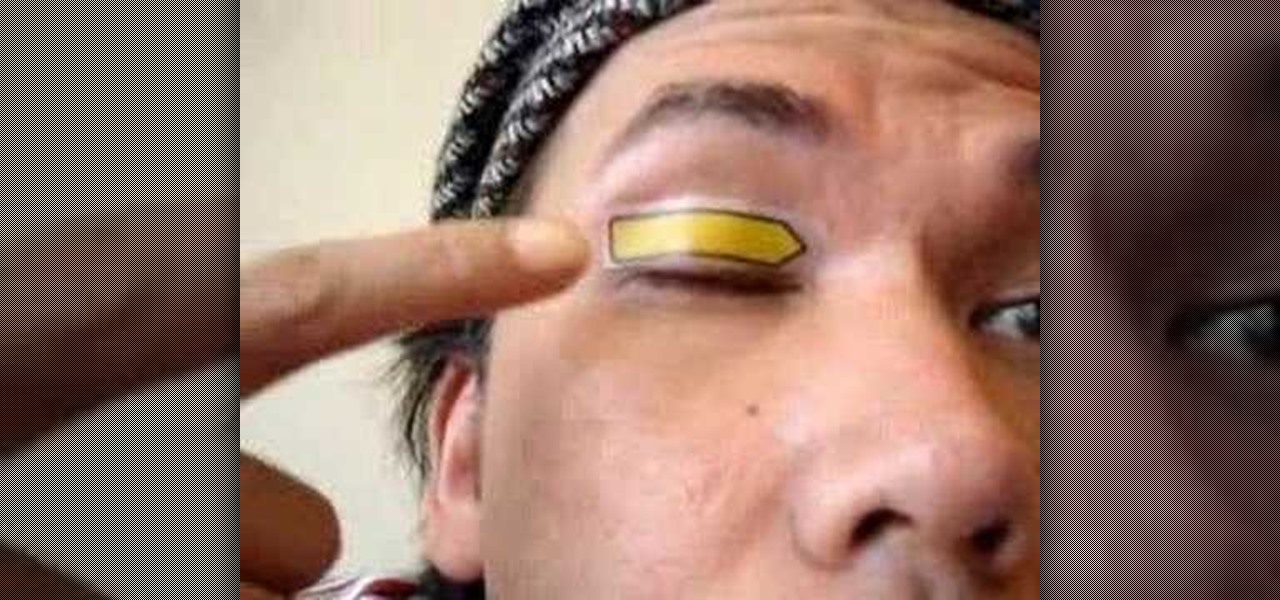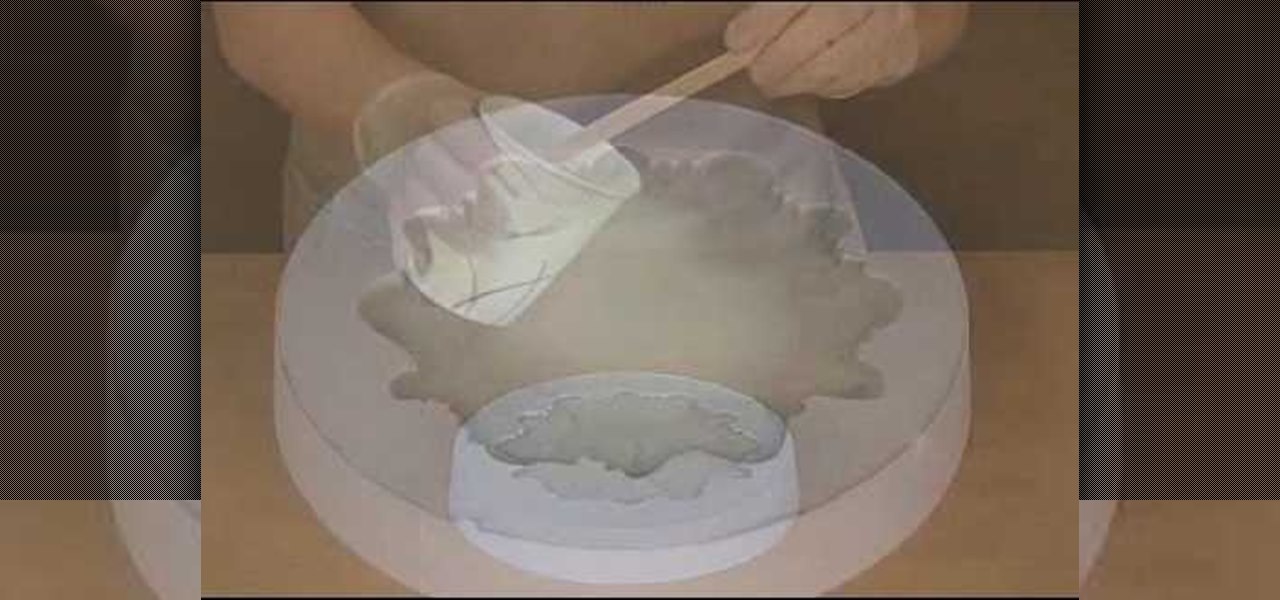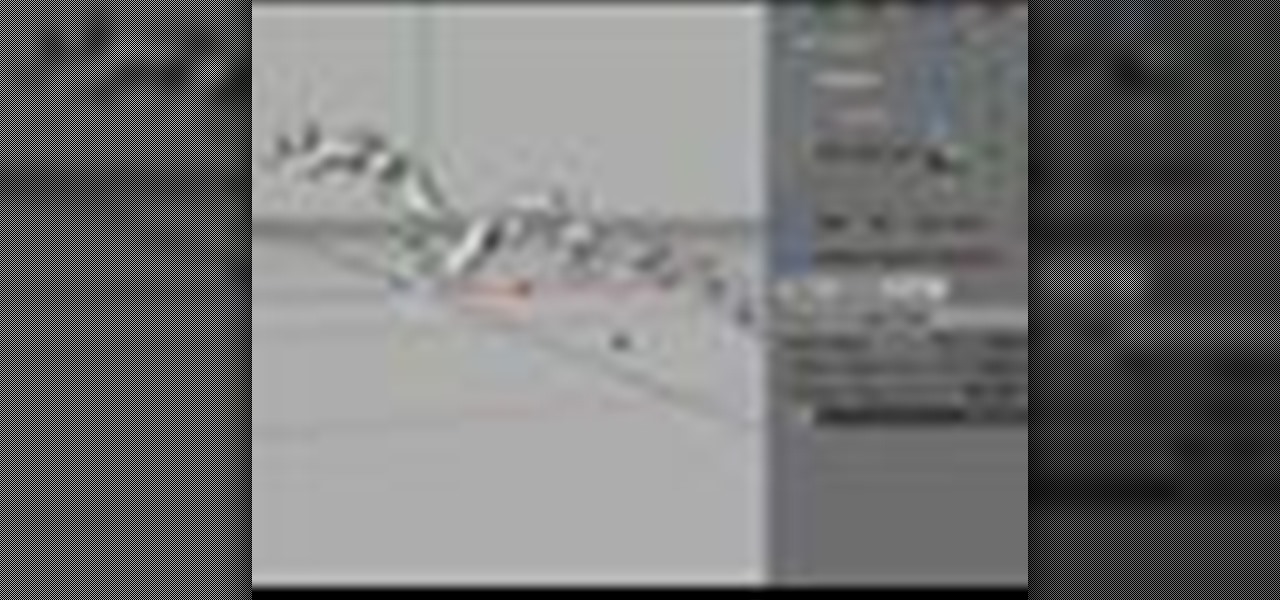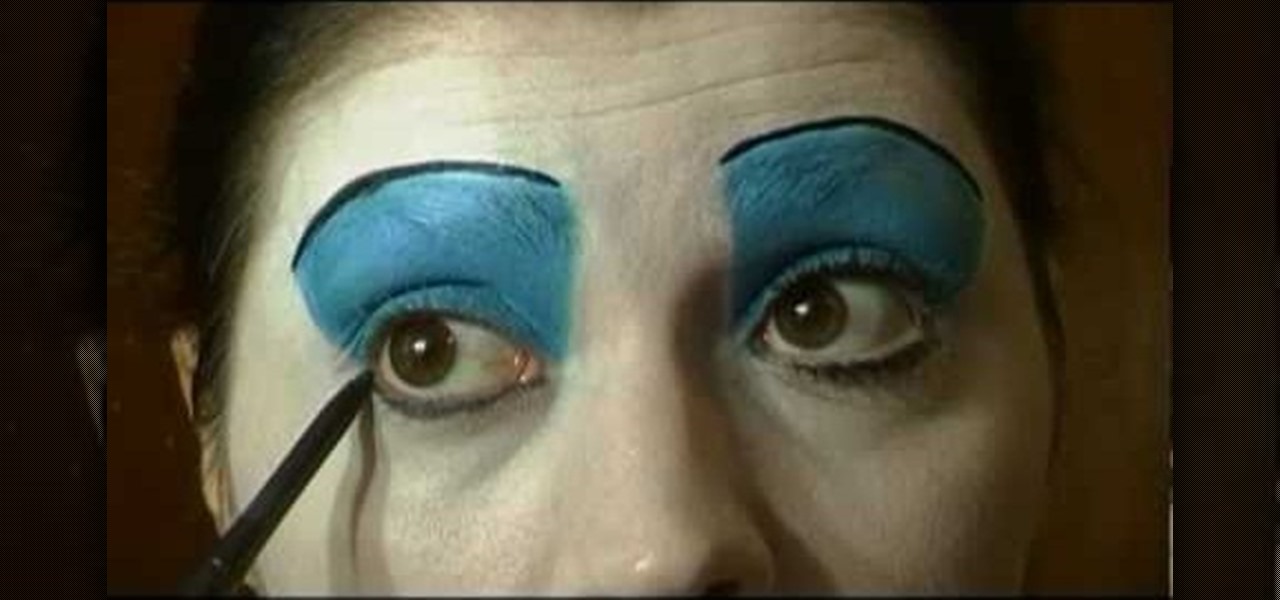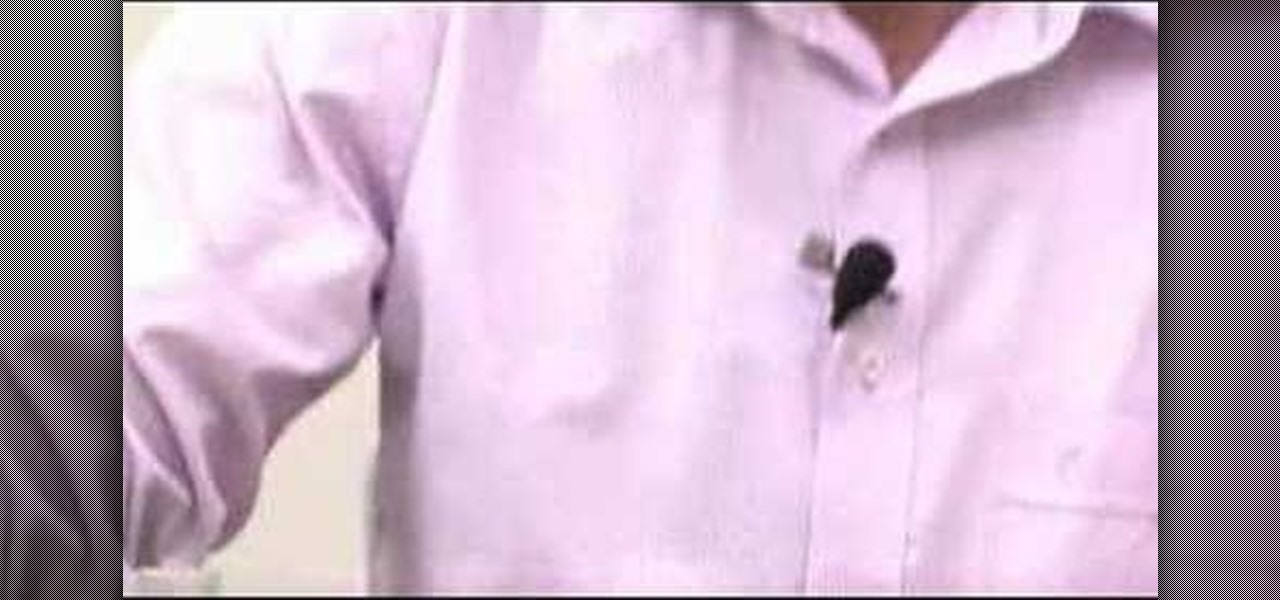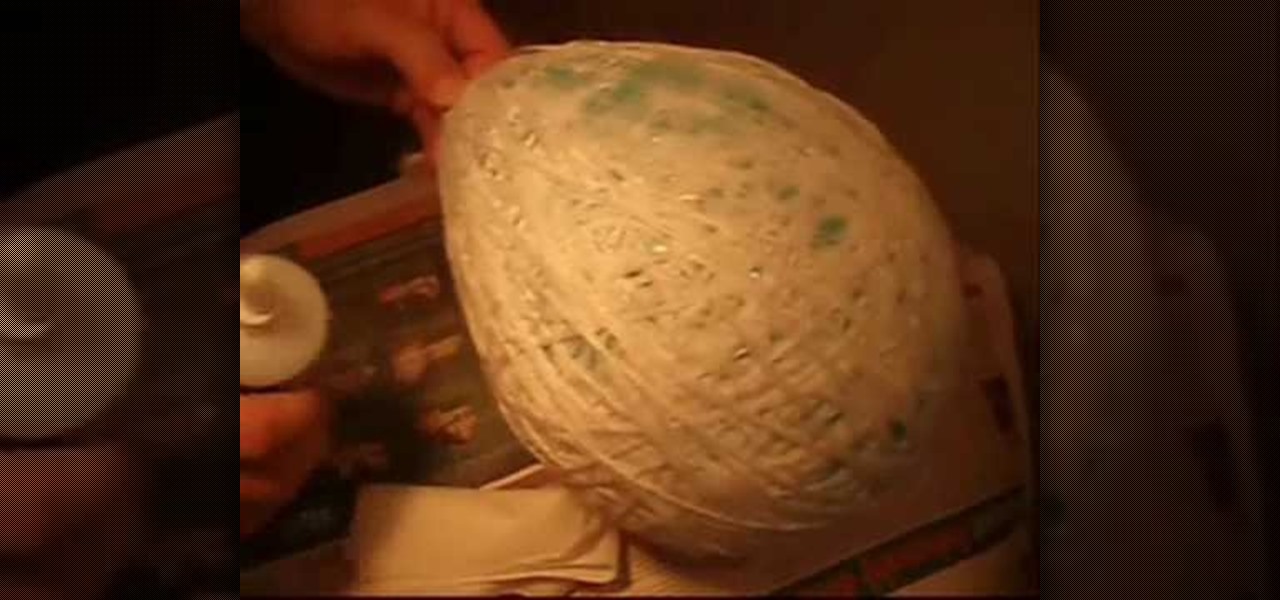
Ransack your kitchen and grab some dish soap, vegetable oil, honey, food coloring, rubbing alcohol, tall glass, water and a spoon. Why? Because you're going to create a visually stunning display of layered liquids. This illustrates the effects of different densities in liquids, while becoming a cool, psychedelic art piece for the living room. It's a super colorful decoration!
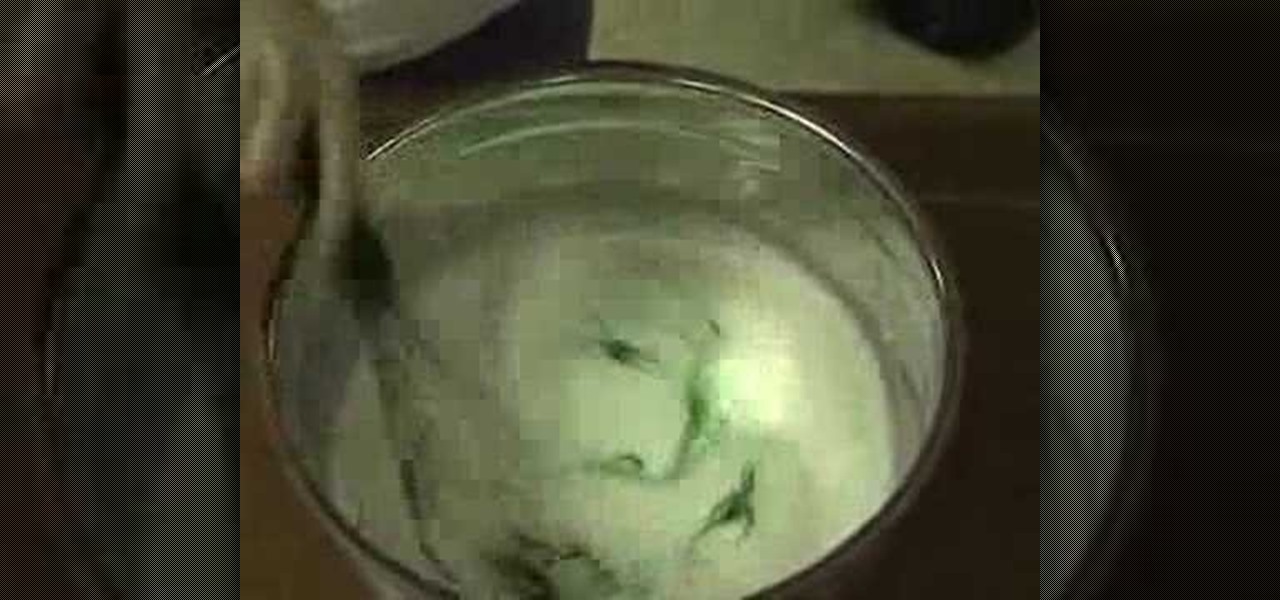
This corny video describes how to make peppermint oreo ice cream using liquid nitrogen to freeze it. Don't worry--the liquid nitrogen ice cream product is completely safe, assuming you have no allergies.
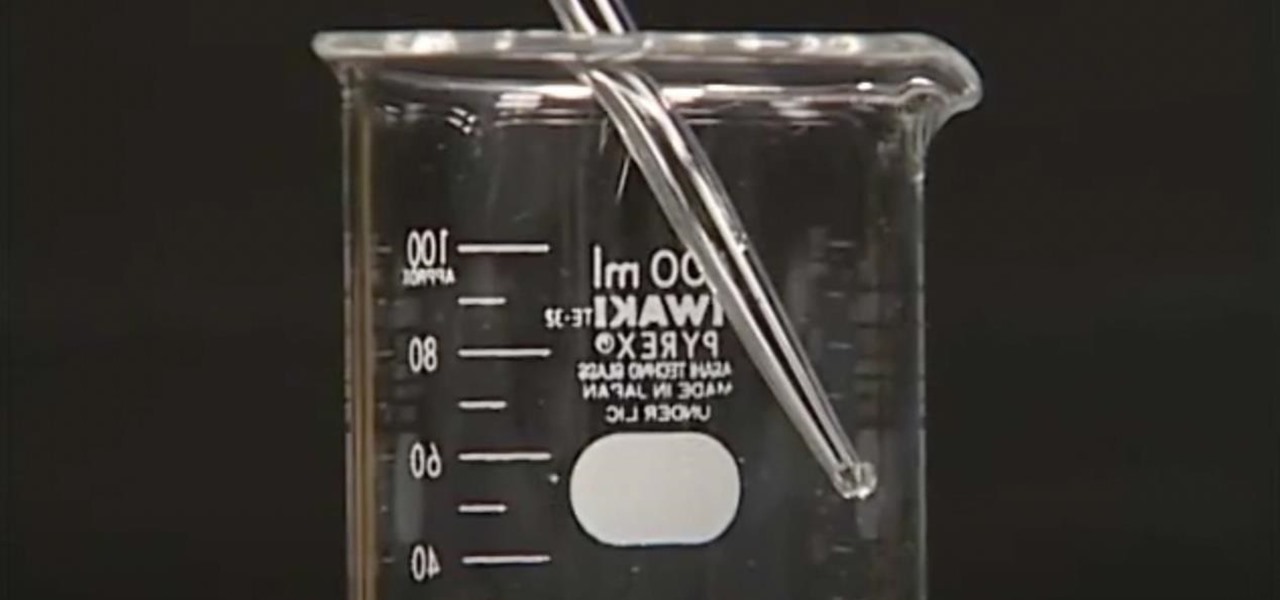
Find out how everything in a chemistry lab works, from pipettes to burners to recrystallization to storage. You'll get precise instructions on how to work and perform certain scientific duties in the chem lab, whether it's chemical or just ordinary high school science.
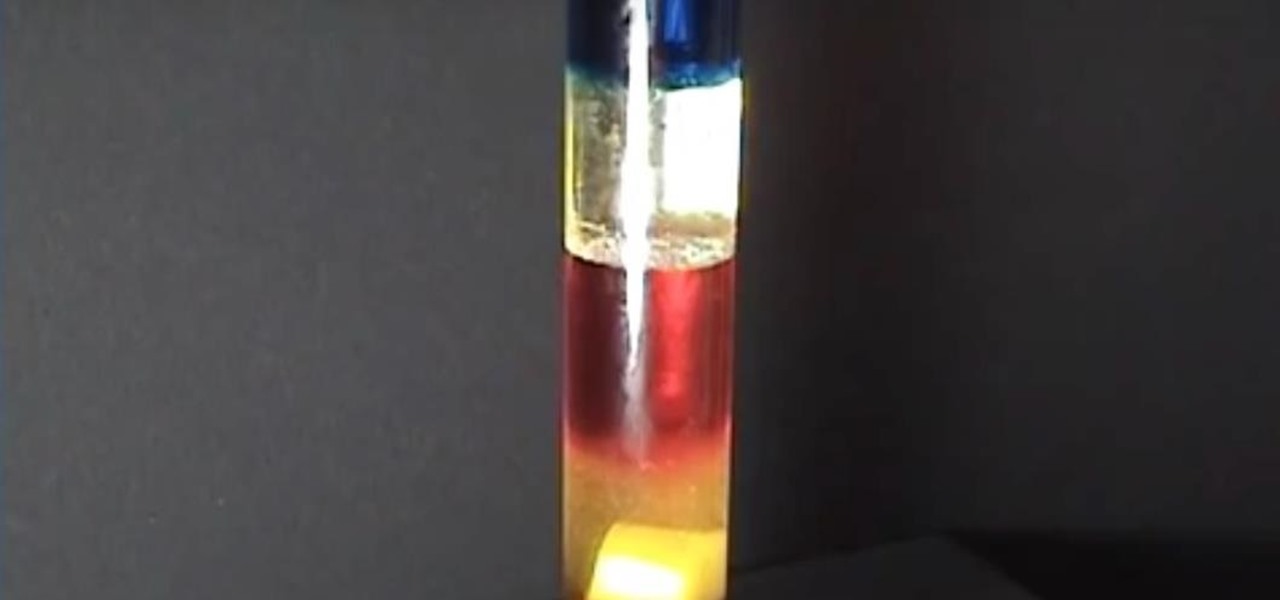
Here's a simple home science experiment to demonstrate to kids the different weight and viscosity of various liquids. The liquids near the bottom are more dense while the liquids on top are less dense. This can also be used to determine the relative density of solid objects. Place them in the container and see where they float.
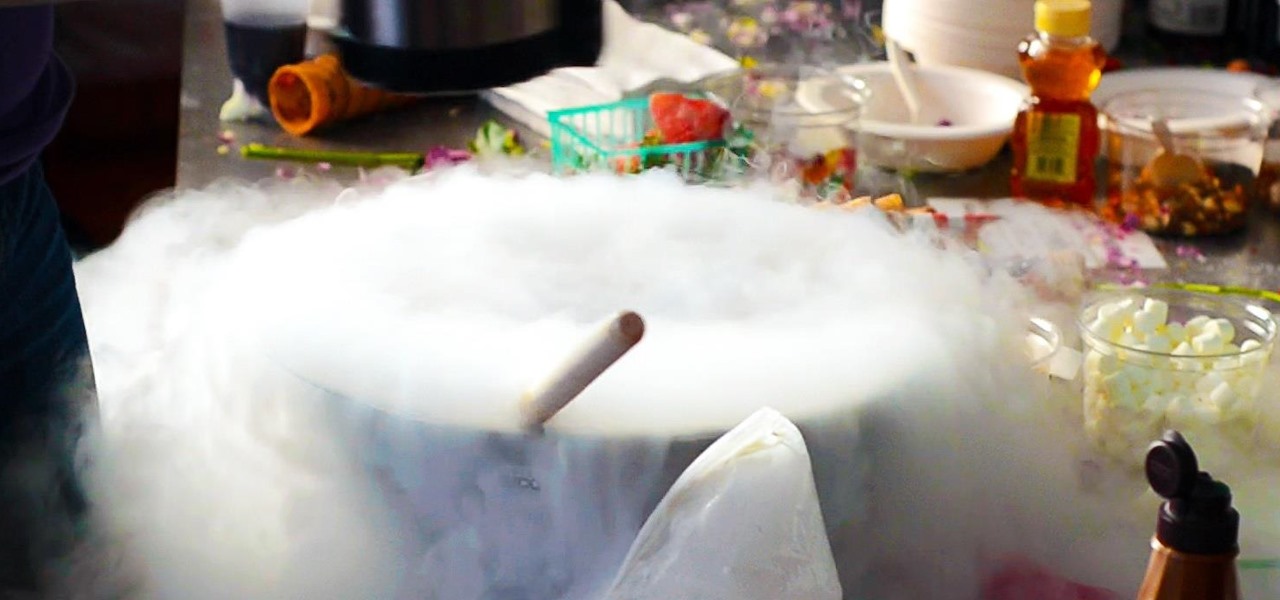
If you've ever turned on an episode of Iron Chef or Top Chef, chances are you've seen a contestant in gloves and goggles, yielding a canister that looks far more fit for a chemistry lab than for a kitchen. Wonder what's in the canister? Liquid nitrogen, the go-to tool/ingredient of molecular gastronomy, and one of the trendiest items in many gourmet chefs' kitchens.
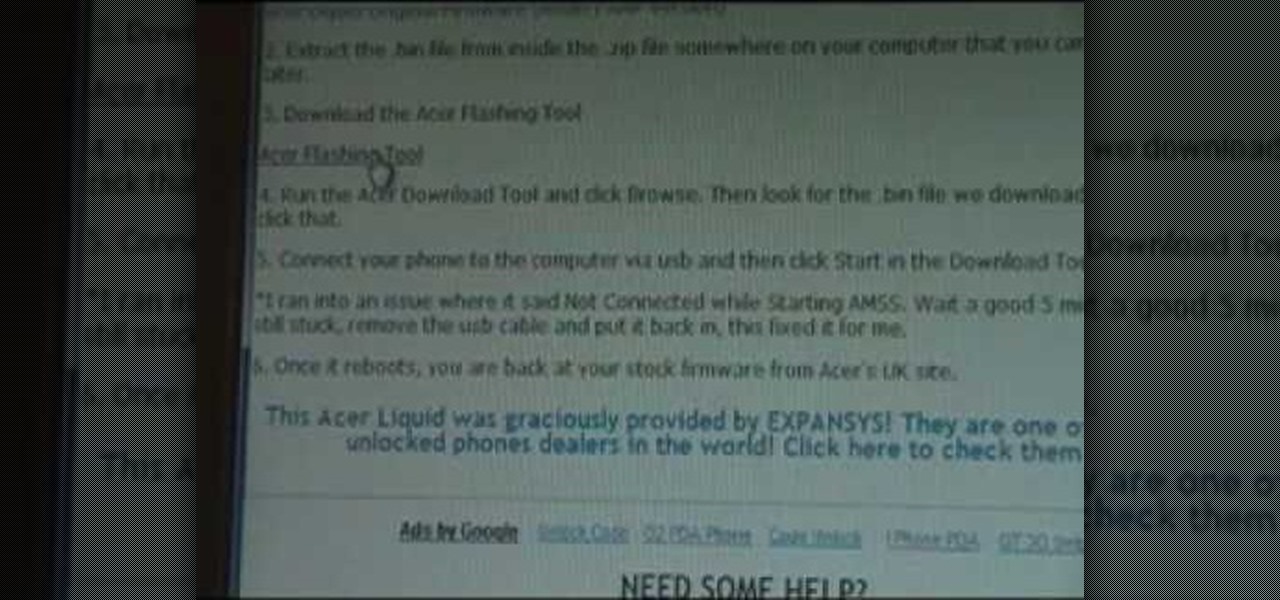
Rooter's remorse! It's a common affliction. So what do you do when you want to restore your Acer Liquid's factory firmware and put your mobile phone back as it was? This video's got the goods.

In this video, we learn how to apply MUFE face & body liquid makeup. First, pour the foundation out onto your hand and then take your foundation brush and dip it into the liquid. After this, start to brush the makeup on your face, starting with the side of the forehead and working your way around. This is a gel based liquid, so it's going to stick onto your face extremely well, you won't have to apply a lot of it. When finished applying, use a damp sponge and press it on your face around wher...

Here's a great recipe showing you how to make traditional, restaurant style rice. Grab a sombrero and Ole because this rice is awesome!

Liquid eyeliner, which can add a darker emphasis to your eyes, can be very successful and more defining if done properly. In this tutorial, we are shown how to properly apply liquid eyeliner. Pulling down on your eyelids, you should apply a line to the edge of your eyelid, making sure that the line is straight. If you cannot seem to make the line straight in one continuous motion, simply make a bunch of dashed lines and then connect them together. Use mascara to cover up any inconsistencies i...

In this how-to, Steve Spangler shows us the power of liquid nitrogen, and how you can use it to make quite a powerful explosion. Now this isn't something you'll likely try yourself, but you'll learn something, and hey, that's pretty cool.

Check out this cool video where you will learn how to create the liquid rope coil effect. Honey is dribbled off the end of a chopstick into a pot below. As the falling stream stikes the pool of honey below, it turns itself into tight circular coils which rapidly begin to pile one on top of the other. A growing column of liquid coils of rope begin to emerge from above the surface of the honey in the pot in an effect referred to as the liquid rope-coil effect.

When it comes to Halloween, you can go all out with your macabre self and have fun being sinister and it'll be totally normal. So instead of settling for cheapo fake scars, bruises, and tears that you buy at Halloween discount stores this time of year, why not make your own?

Rldel149 from YouTube teaches his viewers how to make the perfect day pickles. Pick 1 gallon of small cucumbers no great than 2 inches in length. Day 1: Wash and scrub the cucumbers clean with a vegetable brush. Pour boiling water over the cucumbers once in the morning, and once in the night. Day 2: Repeat the same process as in day 1, but add in a 1/2 cup of salt. Day 3 Morning: In the morning, drain and prick the little cucumbers with a small prong fork. Make a syrup combining the following...

Learn how to dance liquid - for beginners. This starts with some easy tricks like using a sock to keep your hands together.

This recipe is for a shrimp cocktail like none other you have ever tasted! Ingredients you will need for the Court Bouillon:

You will need: rubber glove, paper towels, liquid latex, paint, and newspaper. First, fill the glove with newspaper, then secure the fingers with electrical tape to make only 3 fingers. Then, mix up the liquid latex with black paint and apply it to the fingers. Then, place the paper towels over this in coats and shape them so they are pointy. Add in some texture using paper towel strips and cotton balls. Continue to paint over with the liquid latex/paint until you have made your desired textu...

Everyone loves a nice lush lawn, but as most of us know, it's not something that happens by itself. Sometimes it takes a little push to get your grass at its greenest, and that's when fertilizer is your friend. Lowe's has the advice you need when it comes down to picking the right kind.

Properly measure liquid and dry ingredients Diane Morgan describes the basic technique for measuring ingredients, which is critical to baking. There are two types of measuring cups, one for liquids and a different type for dry ingredients that need to be leveled off, such as flour or sugar.

Watch this science video tutorial from Nurd Rage on how to compare regular ice with liquid nitrogen-cooled ice with Dr. Lithium.

Lamb shanks are very easy to cook. Take 6 lamb shanks and put them in a bowl. Put some olive oil, salt, pepper, rosemary, and thyme on them. Make sure you coat every shank with the seasoning as you turn the shank in the bowl several times. Put them in the oven for 30 minutes at 450 degrees. While the lamb shanks are cooking. Use a saucepan on medium to medium-high setting and heat 2 tablespoons of butter in it. Put some diced celery, carrots, and onions into the pan and saute them in the butt...

In this "Quick Clip," I tried dunking inflated balloons into a container filled with liquid nitrogen until they were completely flattened and seemingly destroyed. Once out of the liquid nitrogen, the balloons come back to life and reinflate on their own—without even touching them!

Check out this video to learn how to install the Finite Liquid mod and delete all of the water from your Minecraft world. Use Property Reader when installing the mod, and follow the directions of the video to learn how to remove all water.

Hmmm, all you've got is a piece of cabbage but you need to test the acidity or alkalinity of some liquid. What do you do? What DO you do!? Well, you start by watching this video by Steve Spangler. Ahh, the sweet smell of science! Invite your friends over to share in this super smelly but really cool activity. Plug your nose and get ready to make your own red cabbage indicator that will test the acidity or alkalinity of certain liquids.

You can simulate the look of fluids using the FreeForm plugin for Adobe After Effects. Play around with the color, viscosity and opacity of your liquid, and animate a container filling up as well. This tutorial covers everything you'll need to know!

In this DIY guide from the folks at the TAP Plastics, we learn how to produce a simple latex mold using liquid latex rubber. It's easy! So easy, in fact, that this clip can present a complete overview of the technique in about seven minutes. For all of the details, take a look.

Don't just settle for the normal eyeliner styles! Spice it up a bit with this winged makeup look. Zhareena shows you how she applies pencil eyeliner and liquid liner. It's really easy and you'll get used to applying this look, so it will become second nature to you. If you've ever had problems with eyeliner pencils, this should clear it up.

Here is a video of basic glowchuck movements. This is a liquid dance prop dance instructional. Using glowsticks in liquid dance is integral especially for electronic parties and rave nights. It adds a textural element to dancing in crowds.

Liquid is a dance common to raves and electronic music like trance, break, drum and bass and jungle beat. The dance uses elements found in popping and techno European dances.

Liquid Pop Collective put this video out a few years ago; it is quite effective in breaking the style down into it's "learn-able" pieces. This video breaks down the popping techniques used in Liquid dancing.

Not sure what to serve at your next cocktail party? Why not try a decadent rum drink that doubles as a chocolate dessert? In this how-to video James prepares a rum based cocktail with Hotel Chocolat's Liquid Chocolat.

The Red Bull Can Liquid Suspension Trick, is demonstrated in this video.

Here's a great tutorial on how to apply liquid liner perfectly, even if you have shaky hands.

Watch this video to learn how to make a simple mold and cast Smooth-Cast 300 liquid plastic and resin into it.

In this CINEMA 4D tutorial, you'll learn a simple way to create some fake looking watery liquid stuff. An object, a spline and Path Deformer Pro will get you on your way. Be aware, Path Deformer is a plug-in.

Check out this how-to video to make ice cream in five minutes with liquid nitrogen, starring Charles Cox. Also, check out the shattering flower demonstration after learning how to make this liquid nitrogen ice cream!

Liquid eyeliner can be dramatic and beautiful, however, applied incorrectly and it can be devastating. Learn the proper way to apply liquid eyeliner in this nifty makeup tutorial.

This video gives an awesome makeup tutorial for the Queen of Hearts from Tim Burton's version of "Alice in Wonderland". In Burton's film, Helena Bonham Carter plays the vicious Red Queen, a character not to be messed with. Even at Halloween. Also, you'll get some costume ideas to help compete your Queen of Hearts costume. See how to transform yourself with all of the following products:

Mr. O shows his audience in this video how to make oobleck, a slime-like substance which has a variety of unique properties. For this project, you will need a mixing bowl, food coloring, corn starch, a measuring cup, and water. First, color the water with food coloring to a color which is much darker than the color you would like. You will need the correct ratio of water to cornstarch, in a 1 to 2 ratio. Add some water to the bowl and add the cornstarch, then add the rest of the water. Finall...

Purple cabbage is a natural indicator and this video teaches you how to easily prepare purple cabbage in the comfort of your own home to be used as an acid and base indicator. Take one leaf of your purple cabbage, tear it into smaller pieces and place all the pieces into a beaker or bowl of boiling water for an hour. Collect the liquid from your mixture into a bottle. You’ll notice that the liquid is now dark blue or purple at which point is neutral. It is ready to be used as an indicator. ...

In this video tutorial, viewers learn how to make an amazing lamp. The materials required for this project are a balloon, wool string and liquid glue. Begin by blowing up the balloon and wind it with wool string. Wrap all around to cover the surface of the balloon. Then cover the entire balloon with some liquid glue and let it dry for 24 hours. Once it's dried, carefully let out the air of the balloon and remove it from the dried yarn string. Now add a light source. This video will benefit th...








